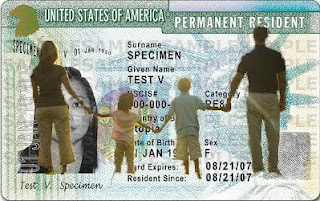The Negro Silent Protest Parade was a silent march of about 10,000 African Americans along Fifth Avenue starting at 57th Street in New York City on July 28, 1917. The event was organized by the NAACP, church, and community leaders to protest violence directed towards African Americans, such as recent lynchings in Waco and Memphis. The parade was precipitated by the East St. Louis riots in May and July 1917 where at least 40 black people were killed by white mobs who had been whipped into a frenzy by labor unions in order to resist strike breaking efforts.
Prior to May of 1917, there began a migration of blacks, fleeing threats to life and liberty in the South. Tensions in East St. Louis, Illinois were brewing between white and black workers. Many black workers had found work in the local industry, leading white workers to fear for job security, and wage security, due to this new competition. The situation exploded after rumors of black men and white women fraternizing. Thousands of white men descended on East St. Louis, and began attacking African Americans. They destroyed buildings, and beat people. The rioting died down, only to rise with vigor again several weeks later. After an incident in which a police officer was shot by black residents of the city, thousands of whites marched and rioted in the city again. The Encyclopedia of the Harlem Rennaissance states that "Eyewitnesses likened the mob to a manhunt, describing how rioters sought out blacks to beat, mutilate, stab, shoot, hang, and burn."
The brutality of the attacks by mobs of white people and the refusal by the authorities to protect innocent lives contributed to the responsive measures taken by some African Americans in St. Louis and the nation. Marcus Garvey declared in a speech that the riot was "one of the bloodiest outrages against mankind" and a "wholesale massacre of our people", insisting that "This is no time for fine words, but a time to lift one's voice against the savagery of a people who claim to be the dispensers of democracy." Many black people, after the riots, felt that there was little "possibility of the United States ever permitting black people to enjoy full citizenship, equal rights and dignity."
Writers and civil rights activists, W.E.B DuBois and Martha Gruening visited the city after the riot on July 2 in order to speak to witnesses and survivors. They wrote an essay describing the riots in "gruesome detail" for The Crisis, an NAACP publication.




